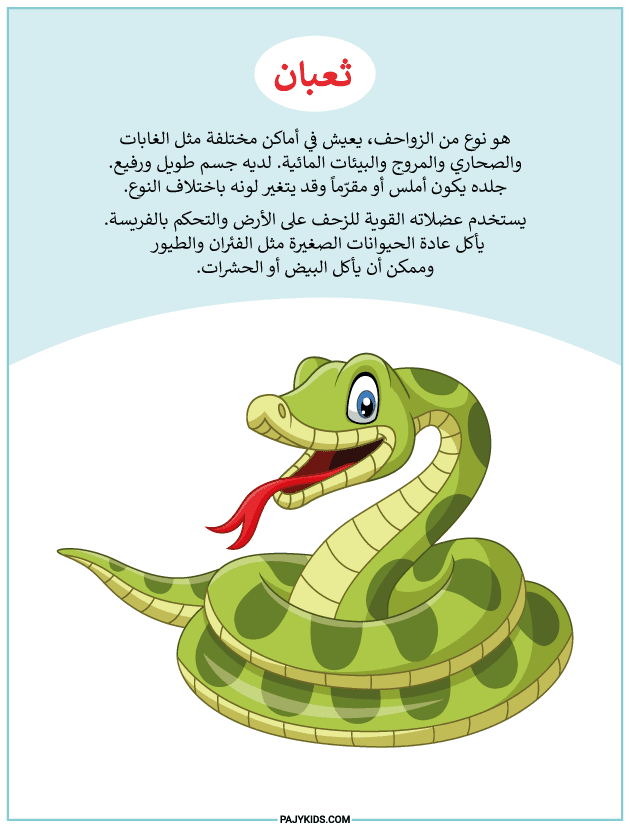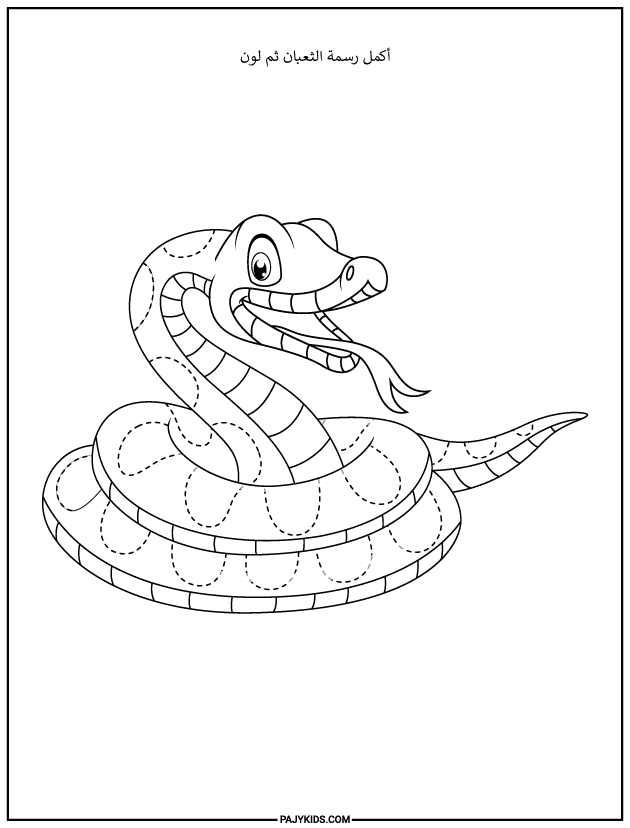Table of contents
Tracing activities play a pivotal role in early childhood education, serving as a cornerstone for developing essential academic and creative abilities. This seemingly simple exercise offers a wealth of benefits that extend far beyond just learning to write letters and numbers. By engaging in tracing, young children build crucial foundational skills that pave the way for future academic success and artistic expression.

The Foundation of Fine Motor Skills
One of the primary benefits of tracing is its significant impact on the development of fine motor skills. These skills, which involve the small muscles of the hands and fingers, are essential for a multitude of tasks, including writing, drawing, buttoning clothes, and using utensils. The act of carefully following lines and curves in tracing exercises helps children strengthen these small muscles, improve their dexterity, and enhance their hand strength. This development is a crucial precursor to more complex writing tasks and other fine motor activities.
Enhancing Hand-Eye Coordination Through Tracing
Tracing is also instrumental in fostering hand-eye coordination, the ability to coordinate visual information with hand movements. As children visually track the lines and shapes they are meant to follow and simultaneously guide their hand to trace them, they are actively strengthening this vital connection. This improved coordination is not only beneficial for writing but also for various other activities that require precision and control, such as catching a ball or assembling puzzles.
Building Pre-Writing Skills with Tracing Activities
Tracing serves as an essential pre-writing activity, bridging the gap between drawing and independent writing. It introduces children to the basic strokes and movements required for forming letters and numbers without the pressure of having to create them independently. This gradual introduction helps build confidence and reduces anxiety associated with learning to write. Through consistent tracing practice, children develop the necessary motor control and spatial awareness needed to eventually form letters and words on their own.

Boosting Confidence and Reducing Frustration
The structured nature of trace activities often leads to a sense of accomplishment in young children. Successfully completing a tracing exercise provides a tangible result that can boost their confidence and encourage further exploration of writing and drawing. Unlike freehand drawing, where children might feel overwhelmed by the blank page, tracing offers a clear path to success, minimizing frustration and fostering a positive attitude towards learning.
Making Learning Fun with Trace
Trace activities can be made even more engaging and enjoyable by incorporating colorful worksheets, themed templates, and interactive elements. Whether it’s trace the path of a playful animal or following the outline of their favorite cartoon character, these activities can transform a fundamental learning exercise into a fun and motivating experience. This playful approach helps maintain children’s interest and encourages them to practice more willingly.
In conclusion, tracing is a powerful and versatile tool in early childhood education. Its benefits span across the development of fine motor skills, hand-eye coordination, letter and number recognition, and pre-writing abilities. By providing children with ample opportunities to engage in tracing activities, educators and parents can lay a strong foundation for their future academic and creative endeavors, fostering confidence and a love for learning.